Time Periods
Paleolithic
Mesolithic
Neolithic
Chalcolithic
Bronze Age
Iron Age
Classical Period
Post-Classical Period
Early Modern Period
Industrial Period
Contemporary Period
Time Periods
Paleolithic
Mesolithic
Neolithic
Chalcolithic
Bronze Age
Iron Age
Classical Period
Post-Classical Period
Early Modern Period
Industrial Period
Contemporary Period
Location
About
Khalchayan is an archaeological site located near Denov in southern Uzbekistan, attributed to the early Kushans or their Yuezhi/Tocharian ancestors. This site, excavated between 1959 and 1963, features the remains of a small palace or reception hall. Notable for its terracotta sculptures and murals dating to the mid-1st century BCE, the site reflects Kushan culture and possibly depicts events from the 2nd century BCE. The art at Khalchayan is influenced by Hellenistic traditions and may have contributed to the development of Gandharan art. The discovery of a Parthian king's bust, likely Vardanes I, suggests historical connections with the region of Bactria. Khalchayan offers insight into the early cultural and political dynamics of the Kushan empire, showcasing artistic and architectural influences that persisted for centuries.
Gallery
Explore photographs of ancient structures, artifacts, and archaeological excavations at Khalchayan
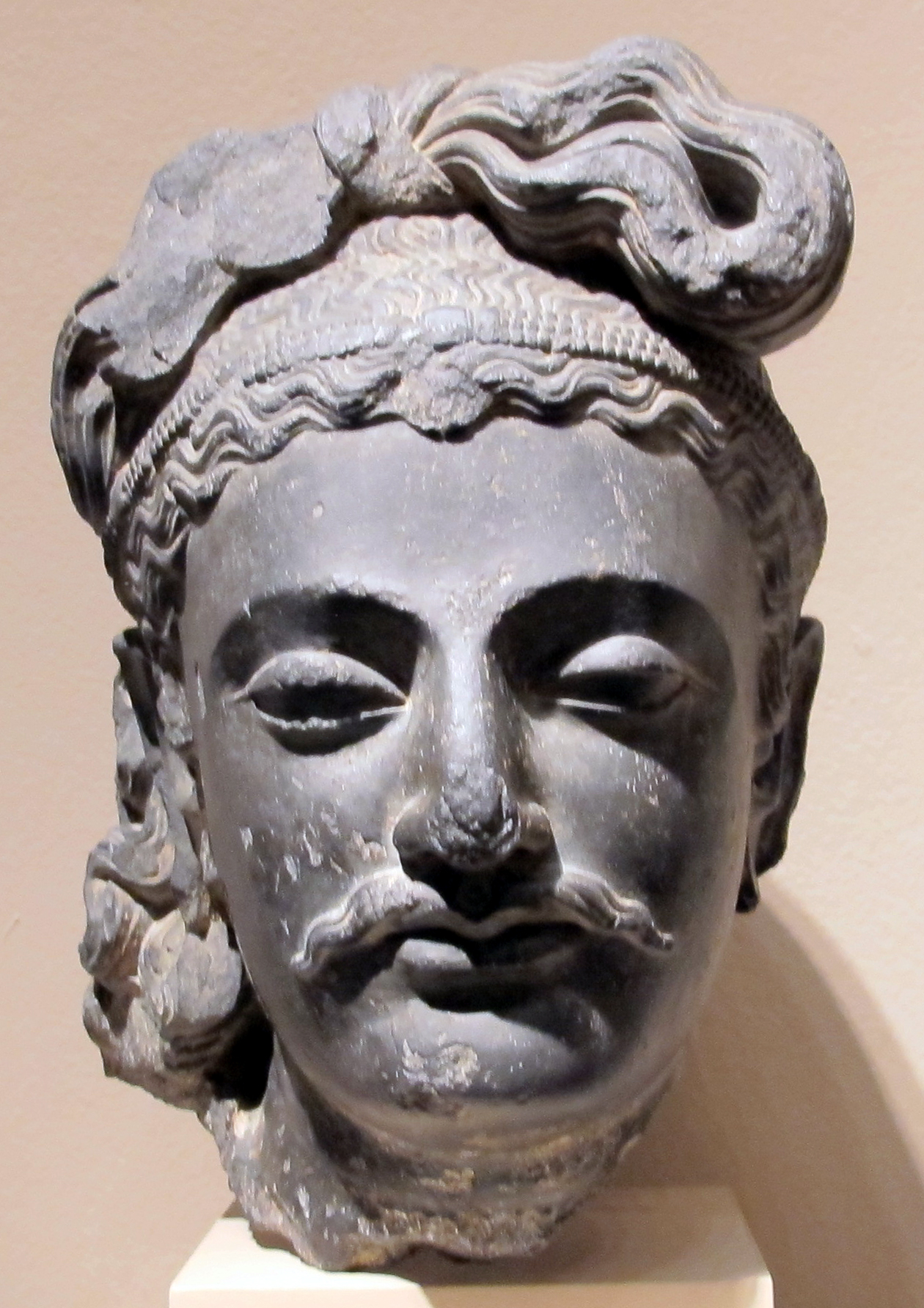
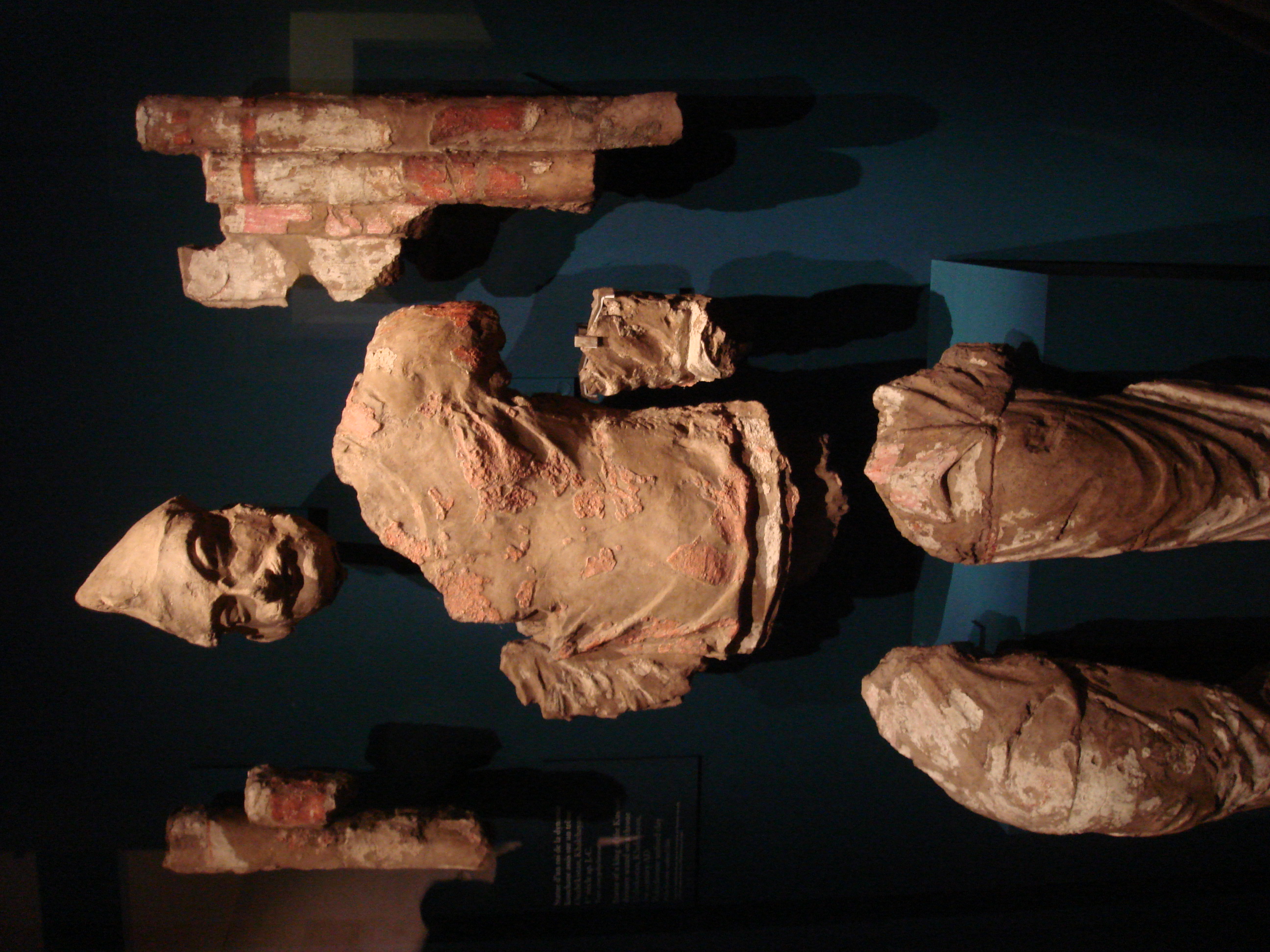
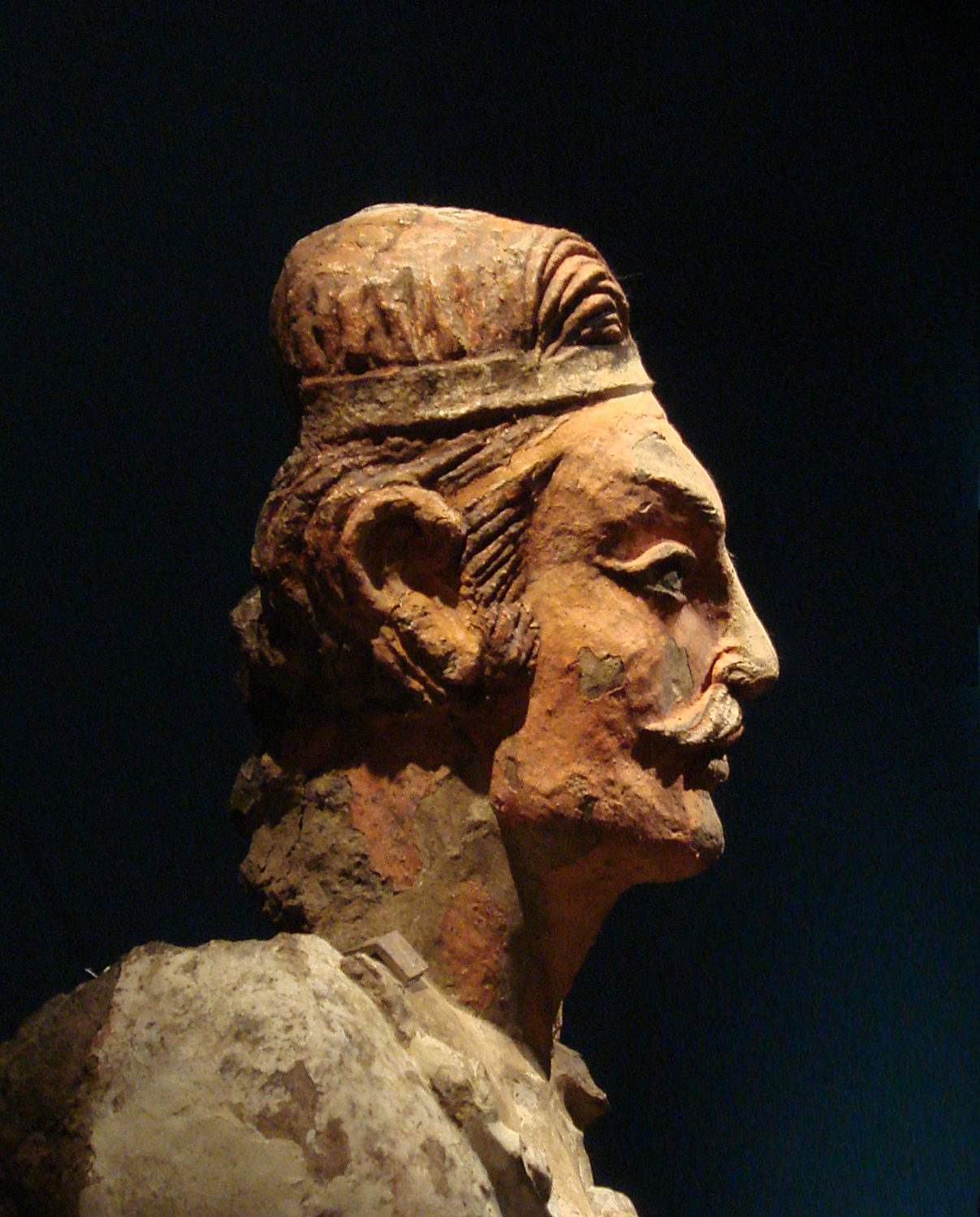
Archaeological Features
Explore the unique architectural and cultural elements found at this historical site
Artistic and Decorative Features
Domestic and Habitation Structures
Historical Timeline
Journey through time and discover key events in this site's archaeological history
Plan Your Visit
Details
- Country
- Uzbekistan
- Source
- Wikipedia
More Sites in Uzbekistan
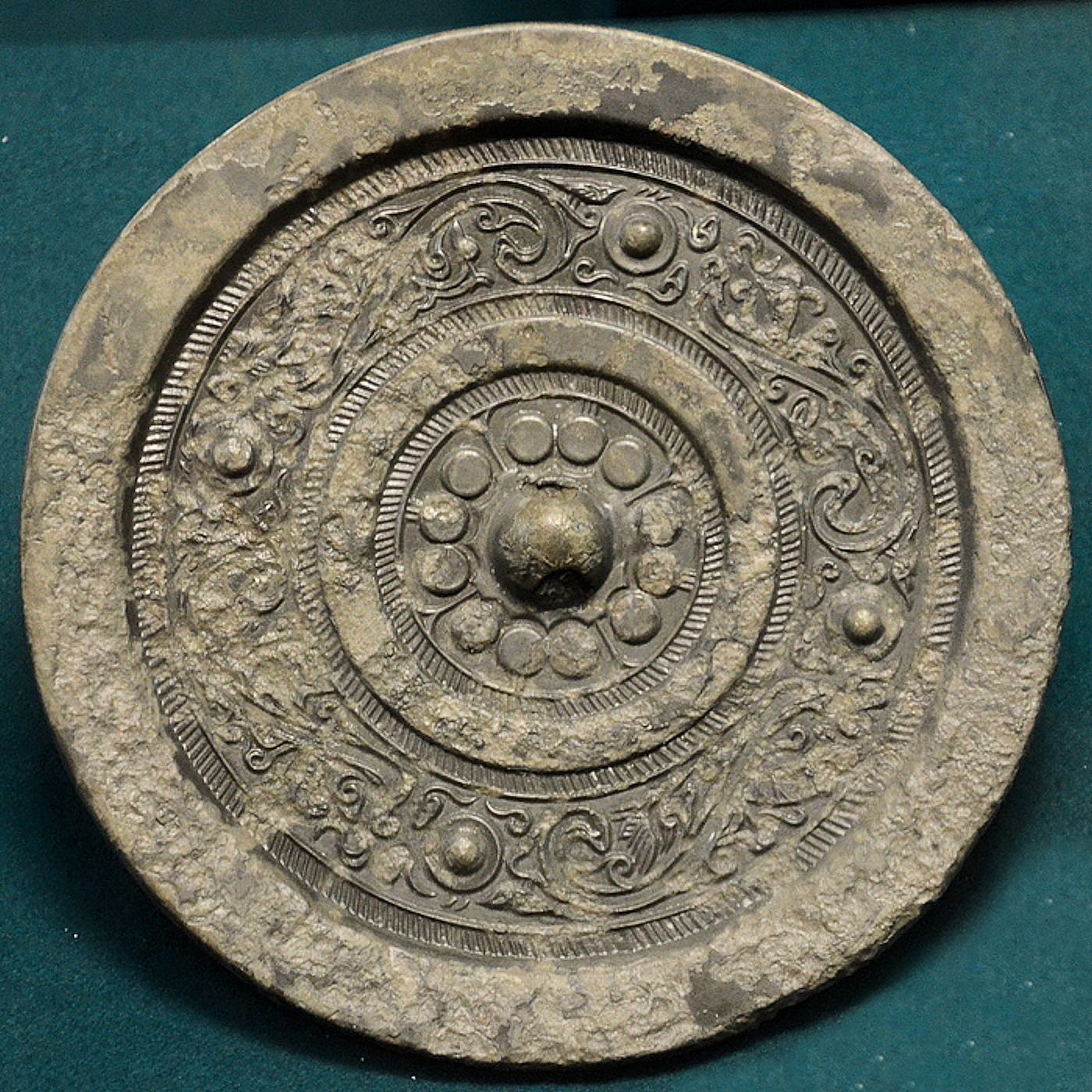
Koktepe
Sarmatian princess tomb, ancient city remains
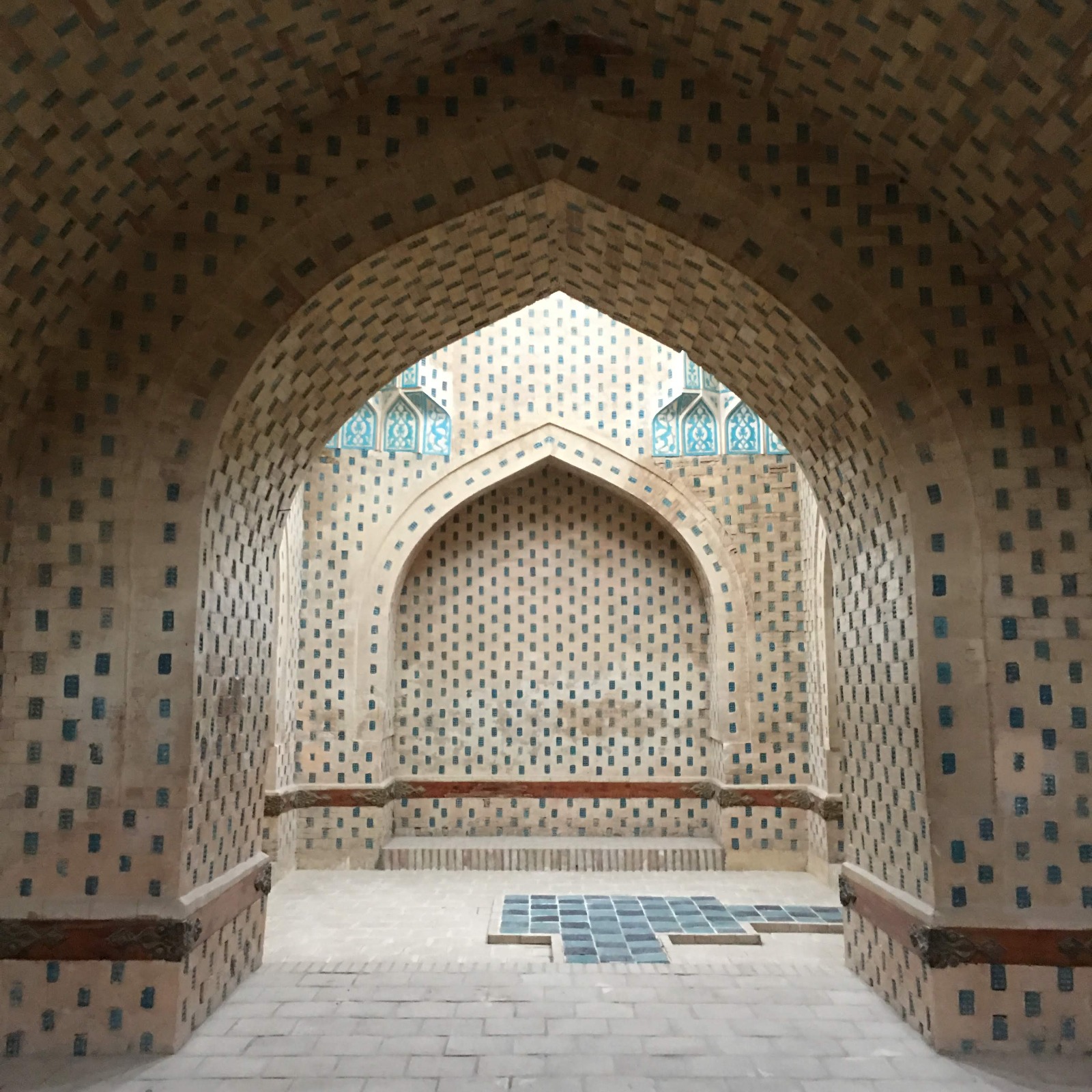
Mizdarkhan
Ancient necropolis with Zoroastrian and Islamic elements.
Akhsikath
Fortified ancient city in Fergana Valley
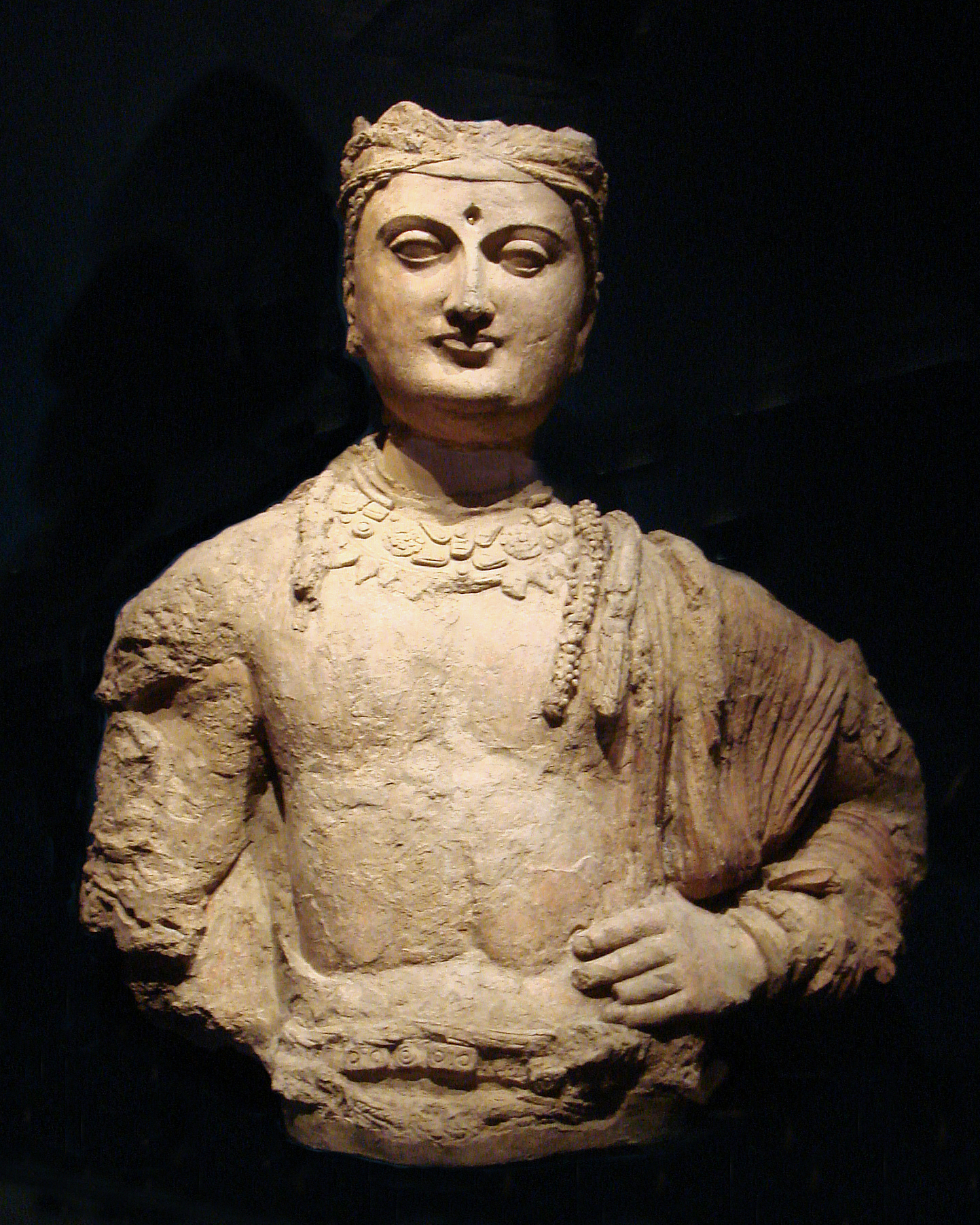
Dalverzin Tepe
Ancient fortified Kushan city with temples.
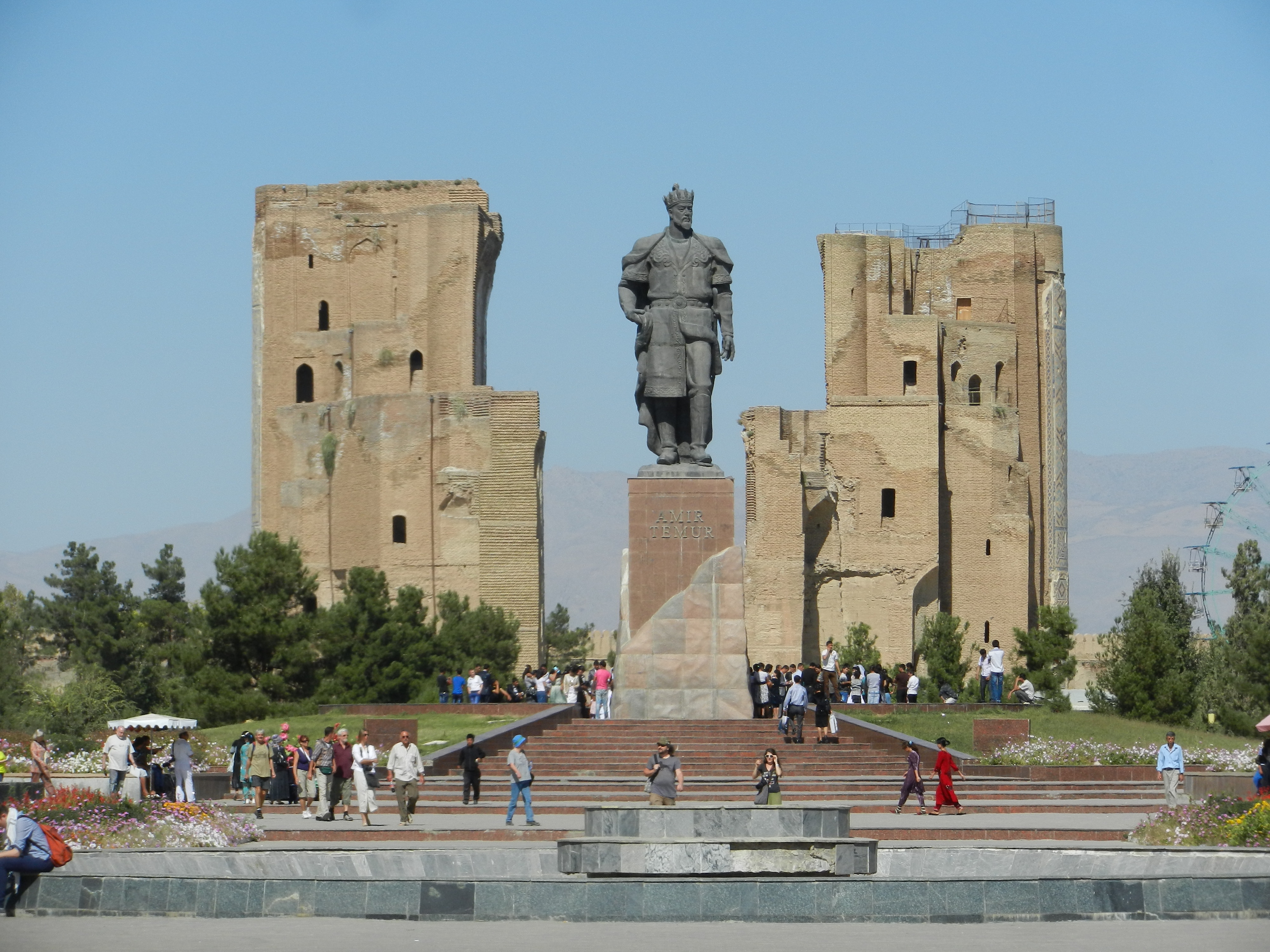
Shahrisabz
Ancient Central Asian city with rich history.
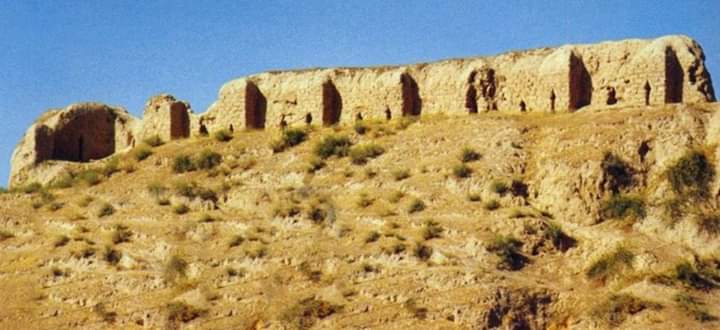
Afrasiyab (Samarkand)
Ancient Samarkand site with defensive features